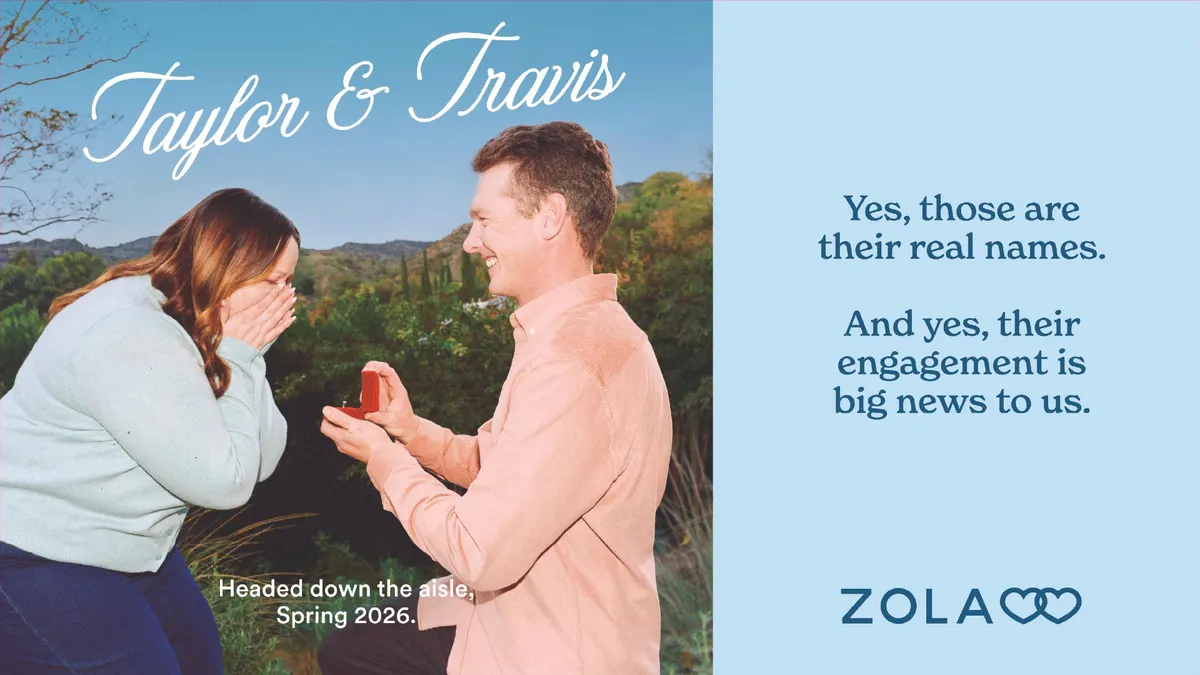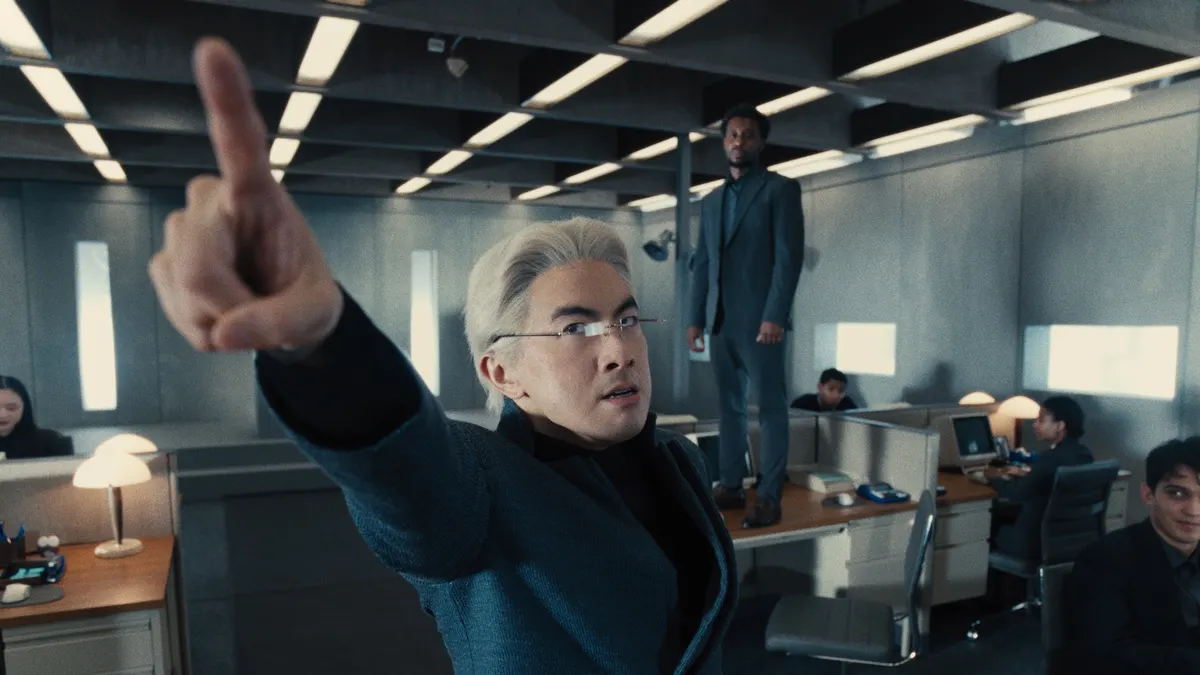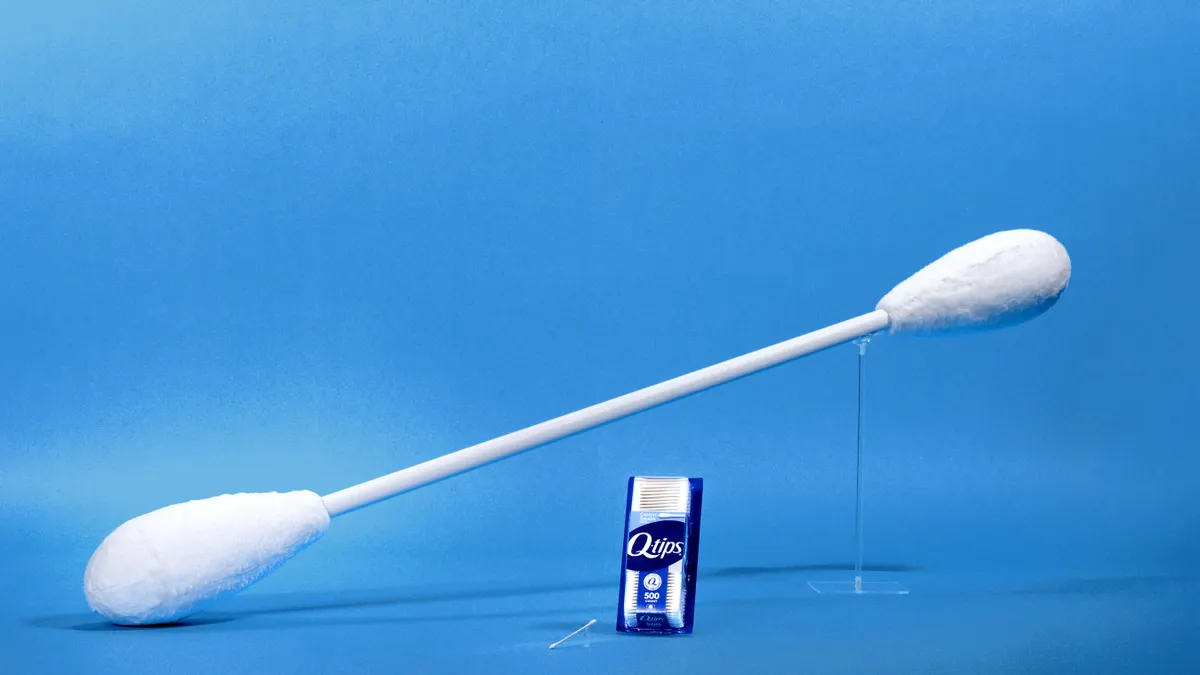Few U.S. food brands have managed to survive through a world war, two bankruptcies and increasing consumer demand for healthier products — but one icon has managed to last and even thrive. Twinkies, the yellow cream-filled cakes invented in 1930, are flourishing today, a rarity in the rapidly evolving food space where thousands of products disappear from store shelves every year.
How has America's beloved sponge cake stood the test of time? Chad Lusk, the chief marketing officer with Twinkie owner Hostess Brands, said the snack has a cross-generational appeal and a strong emotional connection. This nostalgic love that consumers have for Twinkies was the primary driver behind the brand's comeback after Hostess' second bankruptcy in 2012, he said.
"There was a booming national outcry that led to, effectively, a new Hostess company being formed and the brand being revitalized," Lusk told Food Dive. "It really goes back to the prevalence, the high degree of awareness, and that deep-seated, emotional connection with consumers in a form and a product that hasn't been replicated since."
That's part of the secret. Twinkies are unique. The brand is a one-of-a kind asset in the snack space that has managed to offer the same unmistakable product for decades. But Twinkies are more than an ode to history with Lusk saying the brand is just as relevant to consumers today. One part of Hostess' strategy has been a steady release of new offerings that reflect the company's history but embrace changing consumer tastes.
Lusk pointed to the success of seasonal and limited-time offerings such as the Key Lime Slime Twinkie that was created in honor of the 2016 release of "Ghostbusters." The film paid homage to the original 1984 flick where the universe was described by Harold Ramis' character using a Twinkie analogy. The brand also maintains other pop culture references for younger generations. Hostess has capitalized on the "Minions" franchise because Twinkies themselves look like the yellow creatures.
The widespread recognition of the Twinkie name has enabled Hostess to experiment with products beyond the traditional cake. In recent years, it has expanded into Deep Fried Twinkies, hot beverages and ice cream.
Lester Wilson, a professor of food science and human nutrition at Iowa State University, said it is a good move by companies to innovate with new products while at the same time keeping the original version on the market.
Other brands have employed a similar strategy. General Mills' Fruity Cheerios, for example, may appeal to children, while Cheerios with Ancient Grains reach health-conscious consumers. At the same time, the original flavor remains a mainstay in grocery stores. The broad selection gives the public more choices to find what's right for them, and it establishes a way to connect with shoppers as they grow up with sweeter cereals for children and better-for-you options for adults.
Getting consumers to open their wallets
A study conducted by the Journal of Consumer Research found consumers were willing to pay more when they're nostalgic because it provides an immediate sense of happiness and comfort — a fact that companies have latched on to.
"Nostalgia may be so commonly used in marketing because it encourages consumers to part with their money," the team of researchers found in the 2014 findings. "A craving for nostalgia has been especially strong during the past few years, but that does not mean that nostalgia is only relevant during a finite period. There are times of the year when people may be particularly prone to nostalgia, such as the winter holiday season."
Another study published in the Journal of Service Science and Management found consumers can even feel nostalgic for an era they have not experienced. Companies can tap a "typical characteristic" of an era to evoke certain emotions in the consumer, resulting in "beautiful and warm feelings," it said.
After the Great Recession, marketers were eager to tap into nostalgia to boost sales, according to the New York Times. In 2009, PepsiCo launched a "throwback" campaign of Pepsi and Mountain Dew where the packaging, formulas and ads evoked images of the 1960s and 1970s. Diet Coke was being promoted with the 1982 jingle "Just for the taste of it." And General Mills sold its cereals in throwback boxes with T-shirts in Target stores.
PepsiCo has occasionally launched a limited-time comeback of its iconic 1990s brand Crystal Pepsi. Zima, a popular malt beverage, was brought back by MillerCoors in 2017 and 2018. Kraft Heinz is leaning into the nostalgia that millennials and older Gen Zers have for Cheez Balls, which were popular in the '90s but discontinued in 2006. The company brought back the puffed snack in 2018 after years of petitions pushed for its resurrection. The promotion went so well that the CPG giant has brought the snack back for a longer period of time.
But reminiscing about a brand's past does not supplant innovation and working to keep it relevant with today's consumers, said Pete Killian, a partner at brand and growth strategy consulting firm Vivaldi. He also emphasized the importance of tapping into current trends.
"Marketers are supposed to maximize their brands' relevance to younger generations," Killian said in an email.
Wilson agreed that "millennials are ... popular right now. Everybody wants to market to millennials."
Hostess, for example, uses social media accounts that feature bizarre yet comical memes and modern-day celebrities that younger consumers recognize.
Ho, Ho, Ho ... Green Giant
Other brands rely on the perks of technology to advertise. After acquiring the Green Giant brand from General Mills for $765 million in 2015, B&G Foods creatively employed the hashtag #TheGiantAwakens to spread word of new product offerings.
Jordan Greenberg, chief commercial officer at B&G Foods, told Food Dive the company also partnered with sports teams that chanted the brand's slogan "Ho, Ho, Ho" in stadiums during games, operated a pop-up shop with Green Giant T-shirts and had a street tasting on "Jimmy Kimmel Live."
"Nostalgia can be a powerful and efficient tool to tap into what consumers love (or at least used to love) about a brand."

Pete Killian
Partner, Vivaldi
Greenberg acknowledged that inheriting an already established brand — Green Giant started in 1903 as a cannery for corn — saved the company a lot of time marketing and promoting the vegetable maker to consumers. B&G generated so much social chatter from its marketing tactics that it saw an "immediate impact" in consumer and retail reaction, he said.
"From that point on, we have not looked back in terms of growth," Greenberg said.
Killian said nostalgia is quick and easy because it can tap "into existing strengths of the brand, specifically broad awareness and recognition." Innovating with nostalgia, or simply updating what is already known, is a cost-efficient way to garner a high return on investment, he said.
"Nostalgia can be a powerful and efficient tool to tap into what consumers love (or at least used to love) about a brand," Killian said.
But he warned that while nostalgia is a valuable resource there is a risk in brands relying too heavily on it.
"Consumer demands shift, category definitions evolve, and retailers want 'new (offerings)' from brands," he said.
Some companies, despite owning iconic brands, aren't tapping a lot into nostalgia including Spam, owned by Hormel Foods, and Cap'n Crunch, a cereal brand in PepsiCo's expansive portfolio.
"Spam hasn't harnessed much nostalgia in recent marketing campaigns," Brian Olson, a spokesperson for Hormel Foods, said in an email.
A PepsiCo spokesperson told Food Dive that "while we agree that Crunch has a rich history as an iconic brand with the ability to elicit emotion in the form of happy memories, the current strategy is to focus on that modern twist to connect with consumers."
Marketing to different generations
In order to stay ahead in the market, Iowa State's Wilson said brands must carefully balance nostalgia, as well as tapping into more modern platforms, to maintain a cross-generational appeal.
One way to reach older audiences, he said, is to use music they grew up with in TV commercials. At the same time, social media's adoption of memes and other contemporary pop-culture references help them connect with a younger audience.
Some companies have found ways to reach both groups. Wilson pointed to StarKist's campaign featuring Charlie the Tuna, a character that has been around since the 1960s, and Candace Cameron-Bure, an actress who has been starring in commercials since she was five but rose to fame in TV show "Full House." StarKist created an ad that appeals to older consumers who remember Charlie the Tuna and to younger generations that know Cameron-Bure.
"Charlie the Tuna hasn’t changed much, but everything around that icon has," Wilson said.
Green Giant keeps its brand fresh by monitoring consumer buzz on platforms such as Pinterest and YouTube, people’s diets and restaurant offerings to determine how to grow its portfolio of fresh produce, canned goods and frozen vegetables.
Greenberg said B&G has observed a lot of interest from consumers in adding more vegetables to their diets. In response, it expanded its reach in the organic sector by launching Little Green Sprout's Organics in 2018. It also has introduced Green Giant gluten-free Vegetable Meal Bowls as well as Veggie Spirals, Riced Veggies, Veggie Tots and Mashed Cauliflower.
The strategy so far has proven to be a success. During the past year, Green Giant has sold more than $200 million in retail, according to Greenberg.
Innovating is not a profitable venture for every company, however. When a business can use nostalgia to help reduce the risk that a product will not gain traction on the market, there is natural incentive to do it, Wilson said.
"Some products, if they don't sell, they disappear from the marketplace," he added.





















